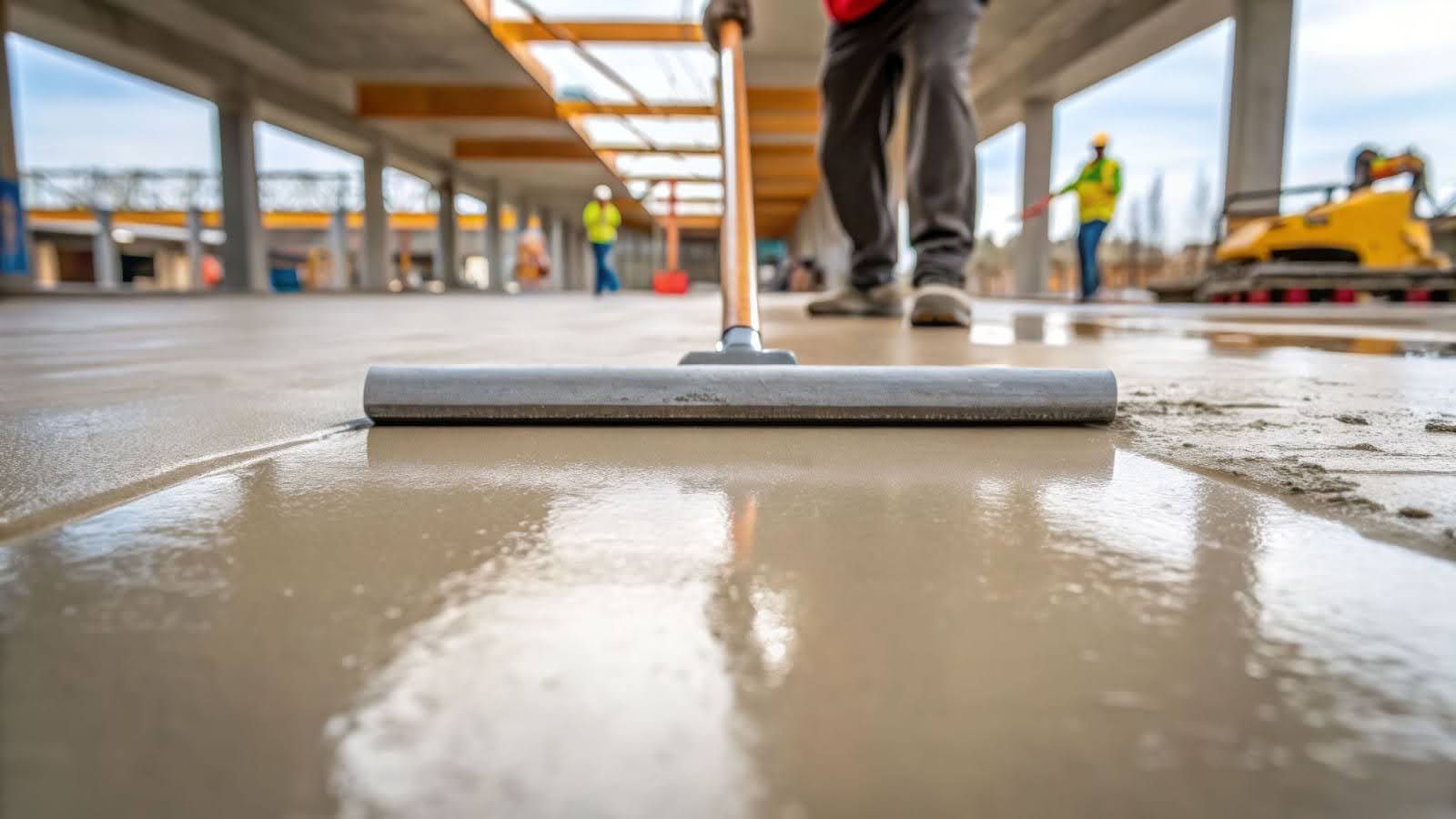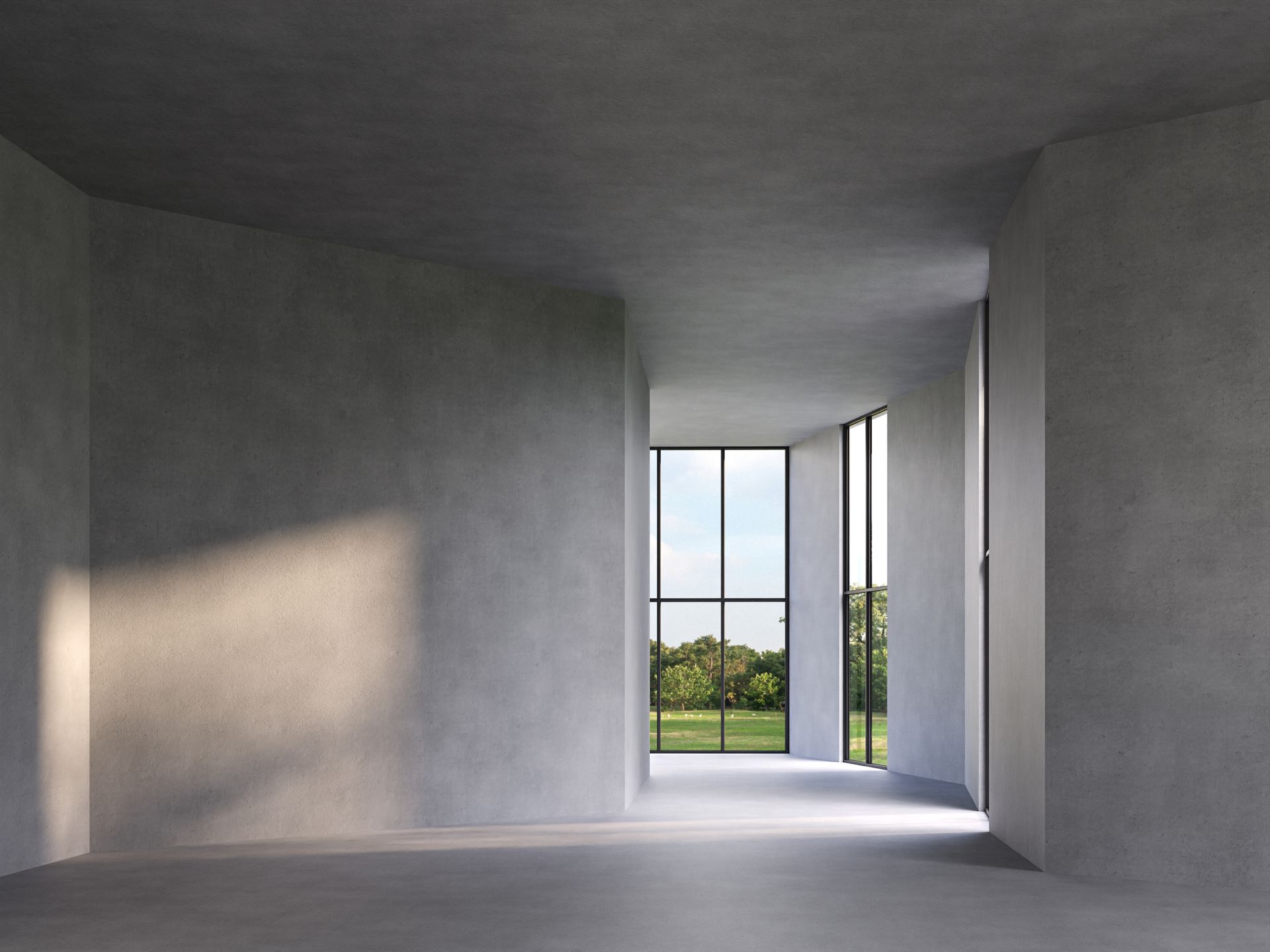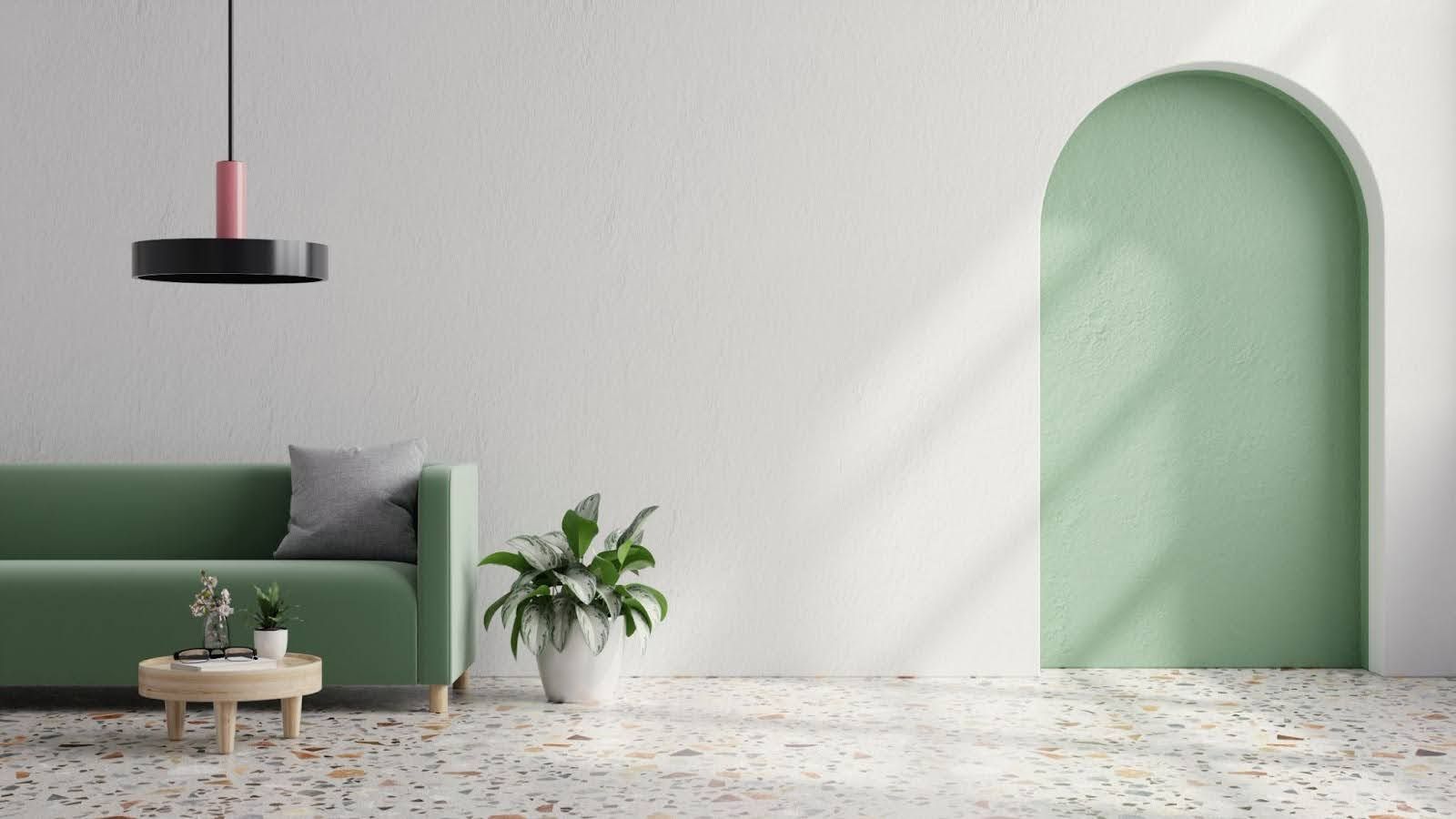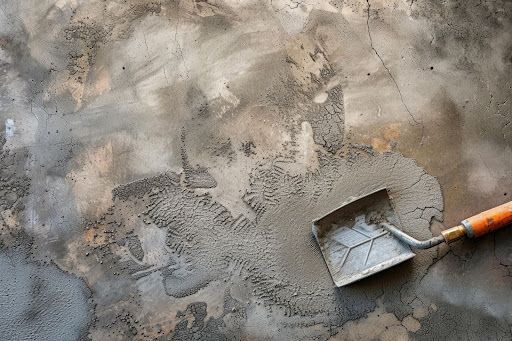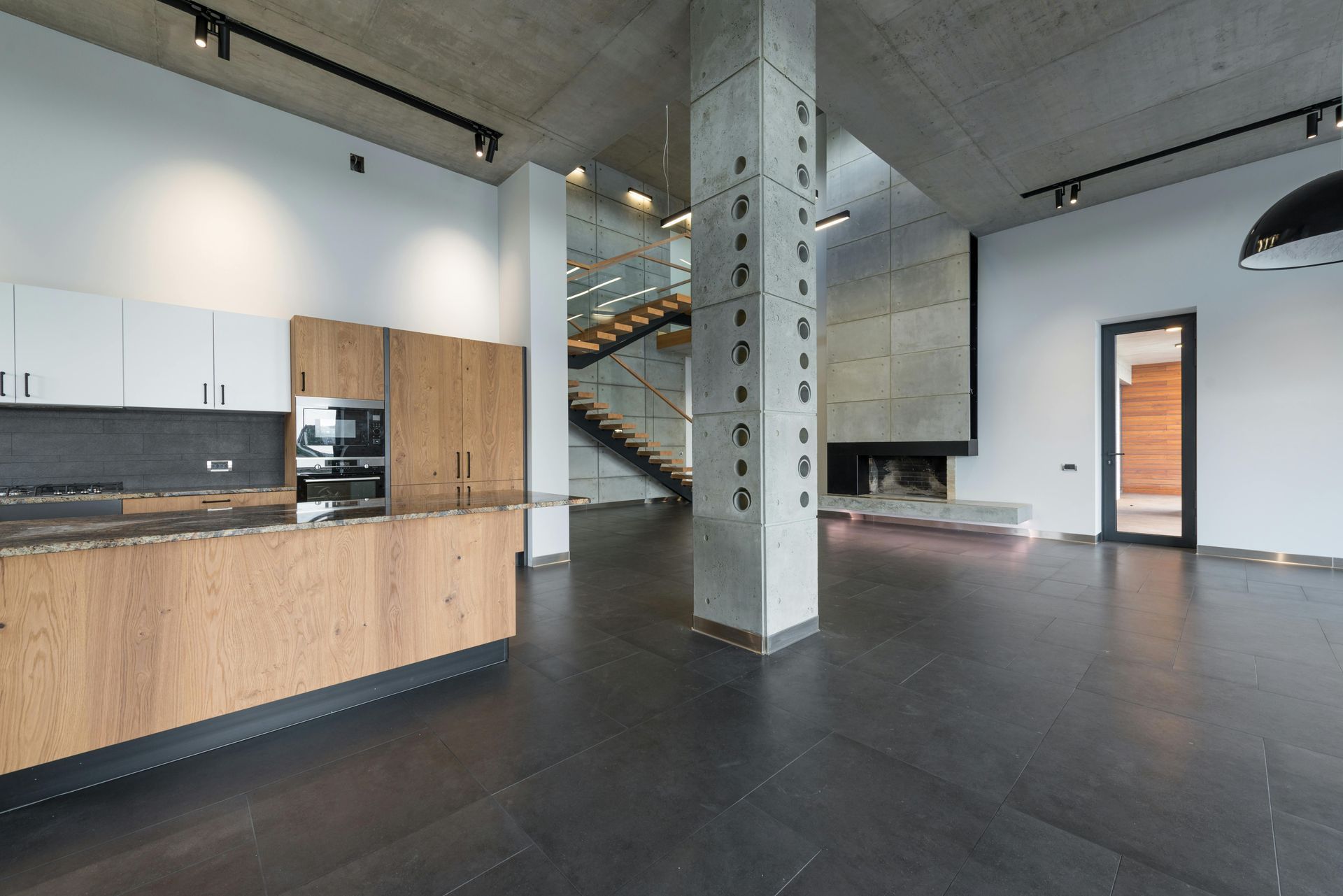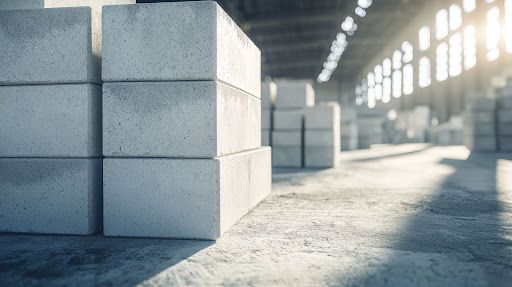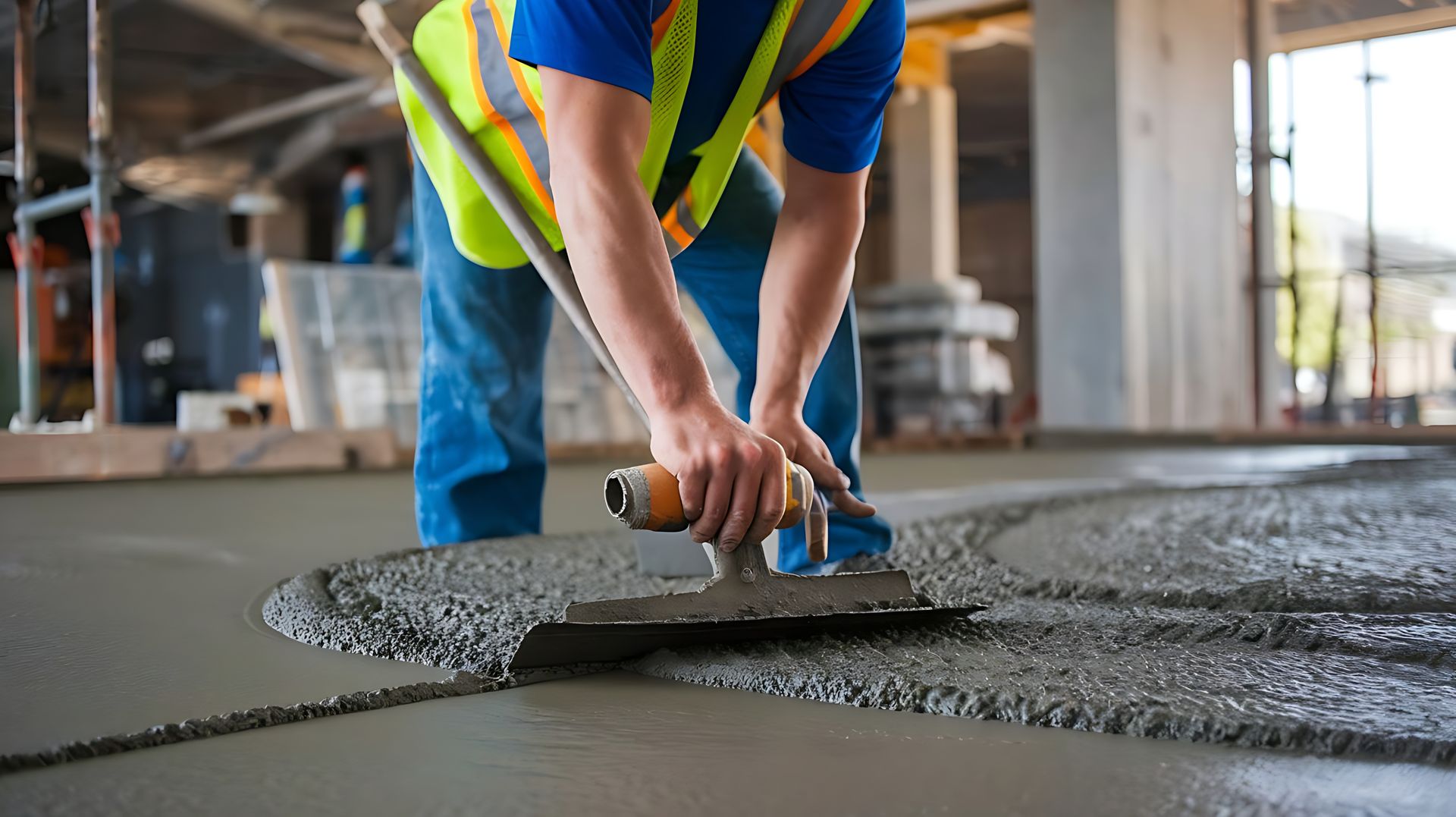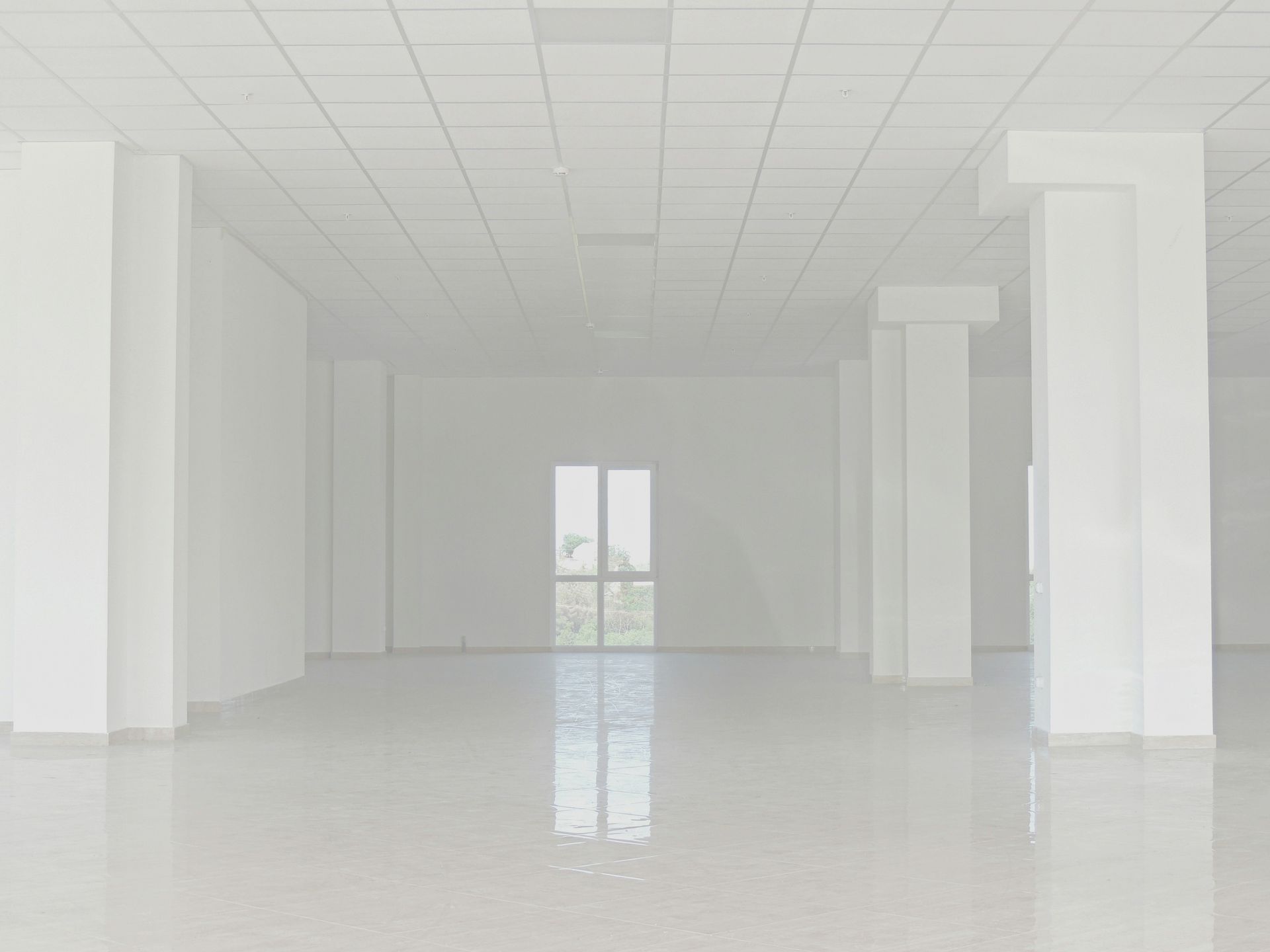Understanding the Cost Factors of Concrete Flooring Installation
Concrete flooring can bring both aesthetic appeal and remarkable durability to any space, making it a popular choice across residential, commercial, and industrial settings. The cost of installation, however, depends on several dynamic factors. By knowing what influences pricing—from materials to regional considerations—you can plan your project with confidence and clarity.
Materials: The Foundation of Project Expenses
Concrete flooring installations revolve around two primary components: cement and aggregates. High-quality cement ensures a strong, long-lasting surface, while aggregates like sand, gravel, or crushed stone impact texture and structural integrity. Besides these fundamentals, your project might require additives or special sealers to protect the surface from moisture or chemical exposure.
Quality sealers and finishes can further boost the overall longevity of the floor. Investing in quality materials from the start helps minimize repairs and maintenance down the road. Although premium materials may cost more initially, they often pay off by reducing long-term expenditures.
Labor and Expertise: Skilled Craftsmanship Matters
Another major cost factor stems from the labor required to install a concrete floor. Skilled professionals bring an in-depth understanding of preparation, pouring, leveling, and finishing. This expertise is especially important for decorative or patterned finishes that require advanced technical knowledge and artistic flair.
The U.S. Bureau of Labor Statistics (BLS) notes that construction, including specialized concrete work, continues to be a growth industry in many areas, meaning that rates can reflect the skill and demand for qualified contractors. Spending more for labor often results in a smoother installation process, reduced timelines, and a polished final product.
Regional Variations and Conditions in Southern California
While concrete maintains its popularity throughout the United States, Southern California often presents unique considerations. The region’s climate, characterized by warm temperatures, can affect drying times and the need for proper moisture barriers. Additionally, labor rates may vary depending on city-specific market conditions.
In locations like Los Angeles or San Diego, where there is consistently high demand for residential and commercial projects, contractors’ schedules may be busier. This can influence the timeline for your project, especially if you’re working on a tight deadline. Factoring in regional factors from the outset allows you to plan a realistic installation window and allocate a budget that aligns with local conditions.
Finishes and Patterns: Aesthetic Choices That Influence Cost
One of the most appealing aspects of concrete flooring is its versatility in design. From polished surfaces that reflect light to textured overlays that deliver subtle traction, each style comes with unique technical requirements. Staining, stamping, and coloring can all enhance the visual impact of your floor, whether you aim for a modern industrial vibe or a warm, rustic look.
Polished concrete requires multiple rounds of grinding and polishing, which can be time-intensive. Staining and coloring may also add time to the project, as they might require additional coats, protective sealers, or specialty materials. Overlays and micro-toppings, which can transform existing floors, will demand surface preparation that can add to the complexity and length of a project.
Since different finishes have varied application processes, you can expect corresponding differences in time and manpower requirements. While choosing a more intricate finish can elevate your space’s aesthetics, factor in the added labor and materials necessary to achieve your ideal look.
Budgeting for Residential and Commercial Projects
Whether you’re renovating a home’s living area or upgrading the floors in a large warehouse, careful budgeting is essential. Residential floors often focus on aesthetic appeal and durability, where limited square footage makes high-end finishes more feasible.
Commercial projects, on the other hand, can face higher wear and tear and may prioritize strength and minimal downtime during installation.
Regardless of the size or scope of your project, always consult with seasoned professionals like our team at Diamond Concrete Designs. Sharing your design vision, timeline, and long-term usage goals ensures you receive a project plan tailored to your budget and practical needs.
Planning for the Long Term
Concrete floors, with proper care, can last for decades. By incorporating protective sealants, scheduling routine maintenance, and addressing any issues promptly, you’ll prolong their lifespan significantly. While installation costs may seem like a primary concern, viewing your floors as a long-term investment helps justify the outlay for higher-quality materials and expert labor.
Assessing the life cycle of concrete floors is especially important if you own or manage a commercial space. Your surface must withstand heavy foot traffic, equipment usage, and possible chemical spills over time. Investing in protective measures and regular checkups can keep your floor looking pristine while minimizing costly repairs.
Your Next Steps: Reach Out for Tailored Guidance
Cost matters when selecting concrete flooring, but so do design, durability, and overall satisfaction. If you’re ready to explore a custom solution or simply want to discuss your project’s requirements in more detail, we’re here to help. Speak with our team at Diamond Concrete Designs for personalized advice.
You can also learn more about our
services to see how we transform various spaces with professional expertise and a commitment to quality. Your project deserves nothing less than a comprehensive plan, quality materials, and advanced techniques that deliver a concrete floor you’ll appreciate for years to come. Let’s make your vision a lasting reality.
